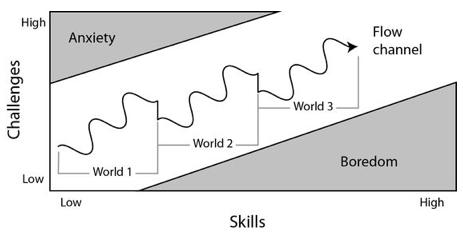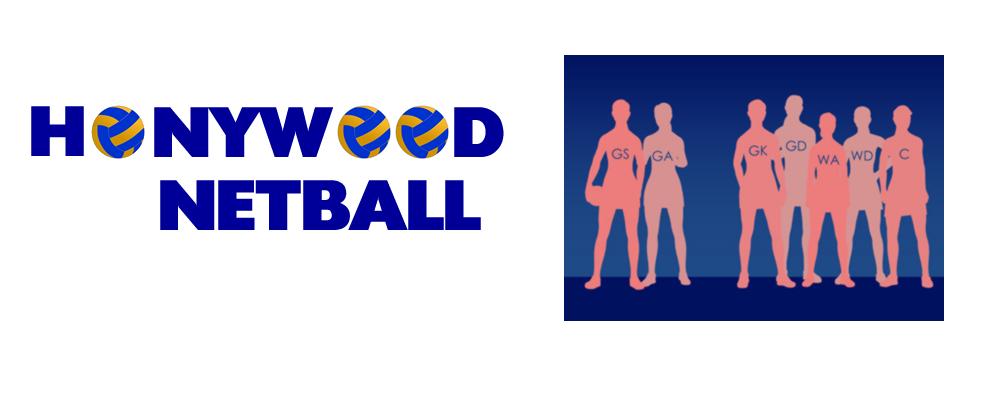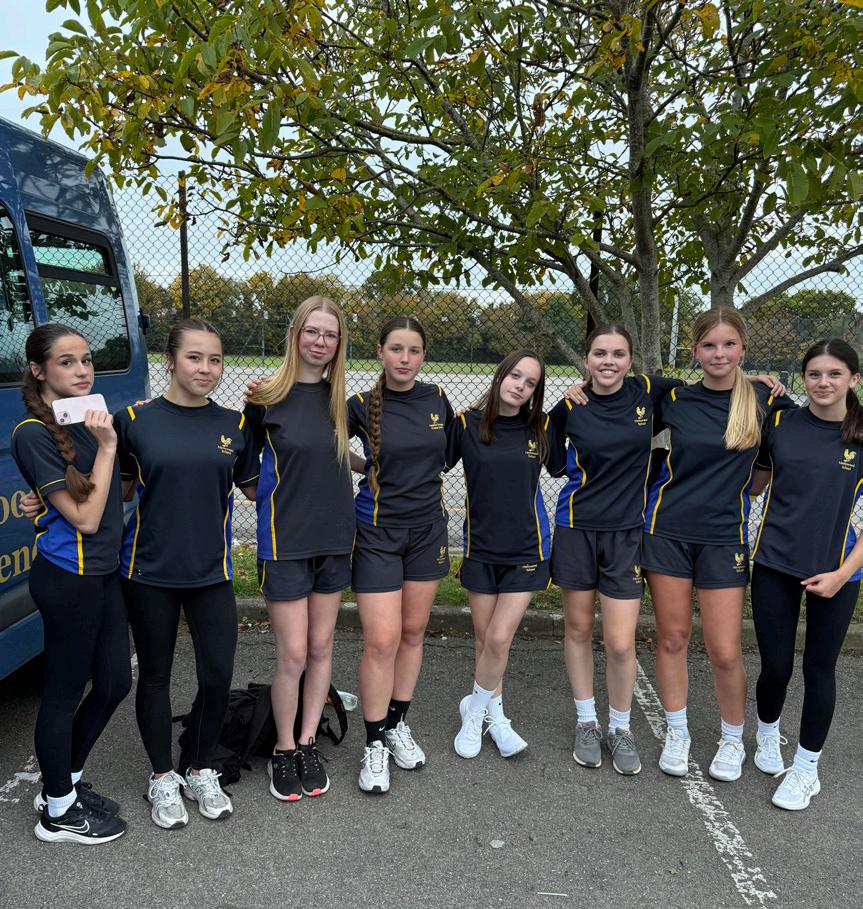

HEADLINES
By James Saunders
WHAT CAN WE LEARN FROM VIDEO GAMES?
If you have ever delved beyond Hollywood you will find a whole world of originality beyond the formulaic Marvel Franchise’s, remakes and sequels. And if originality is your thing you won’t be disappointed by the outstanding Run Lola Run; a German offering that introduced us to the wonderful anti-hollywood stereotype challenging heroine, Franke Potente.
Run Lola Run is a film of second chances, about trying again. It presents to us a sequence of events told three times over. With each iteration it is almost as if the character of Lola has learnt from the previous version and adapts her approach slightly. This slight change in approach has an implication for the rest of the interactions in that sequence. Watching the film you feel like you are watching someone playing a video game and learning from their mistakes as they repeat the same level.
As a computer science teacher I have often shared my love for video games. They are often a feature of my lessons and my assemblies. Often lauded as a distraction; as anti-social; as brain numbing and responsible for so many of society’s ills, a love for the genre could be a risky indulgence to admit to.
However, I believe that we can learn a lot fromvideo games. Some of the most satisfying and engaging teaching I have received has been from a video game. Allow me to indulge you for a moment. You see, video games have mastered several elements essential to great teaching: engagement, challenge, choice, differentiation and feedback. Most games are based on levels;

each level gets progressively harder and requires a more complex set of skills, knowledge and understanding to complete. Each level introduces some new learning that must be mastered before moving on and in each level you revisit learning and skills from the earlier levels.
In the best games the player is put into a state of flow. Flow, or what you might call ‘in the zone’ is that moment when you are fully absorbed and engaged in an activity; when time becomes abstract and passes at a faster rate; when you get lost in yourself. This is the utopia we all search for in our teaching – a class full of learners fully absorbed by the learning, engaged in a state of flow and constantly being challenged. Flow is probably what you see at home through a child that won’t come down for their dinner because they fully are absorbed in a game.
Flow is a key part of video game theory, but how do video games so successfully manage to achieve flow? It is all about managing the level of challenge with the level of skill, knowledge and understanding.

Let’s imagine the flow diagram above represents a sequence of learning and each world/level is a discrete component (a lesson, key topic or
concept). You can see that you must balance the learning challenges with the skills already achieved (the starting point). Too hard, and anxiety creeps in; too easy, and learners will get bored. At the end of each lesson or world you will see there is a period with a slightly declining plateau; a period to allow for consolidation and mastery. The challenge then drops at the start of each lesson to support that feeling of accomplishment and embed further. You could call that a high engagement low challenge activity designed to swiftly kickstart the learning.
In my recent learning walks across the school I have been inspired at what learners can do when challenged. When done well, using the principles of video game theory and flow, I have seen many examples of learners wrestling with material well beyond their years. None of these were one off lessons; they were all part of a sequence that gradually ranked up the challenge.
Another element worth mentioning is choice and differentiation. Most games use a form of choice at the start as well as throughout to enable the player to pick the level of challenge. I tend to go for rookie but those more masterful than me can opt for experienced or veteran. It is important to have choice as this differentiates the level of challenge whilst personalising it for the individual. It is also important to be able to change this if it just gets too hard - I have seen these things happening well in school and teachers have made good use of the ipads to allow for this to happen. But the one thing you will find with a video game is that no matter what the starting point or how long it takes, all players are supported to achieve the same outcome. Differentiation learning does not mean dumbing down it is about supporting the player to complete the mission.
The final area I would like to highlight is feedback. The best games, like the best teachers, provide constant feedback. They let you know how well you are doing and respond to your every action. That feedback is often tailored to the actions you take and guides you to the next steps you must take in your journey.
I wish you a lovely weekend. Just one more week until we break for half term.
James Saunders
OPEN EVENING
Last week was our Open Evening for current year six learners looking to join us in September 2026. On the back of several weeks of fully booked tours we have felt a real excitement about the prospect of these new learners joining us. The feedback I have been receiving has been very complimentary and highlighted the impact of our focus on building relationships and getting to know the learners as an individual with individual needs. I made it clear to families that we are a small school and have no ambitions for expansion. This is because our culture and ethos comes first. We don’t aspire to build a megalopolis where learners get lost in the crowd. We do not want our learners to become a number - they have a name.
Families embraced our traditional approach to standards and our high expectations which were very visible in the conduct of our thoroughly nice children who all acted as superb ambassadors for the school. If you attended the evening I hope you were able to gain a feel for the culture and ethos at Honywood.
I would like to thank Ben and Francis who both spoke to families last week. Between them they represented the start and the end of the Honywood journey. Both of them did a superb job.
I have already had some provisional numbers sent through by the Local authority, over 200 applications have been received. Due to high demand we are continuing to offer tours over the next week. If anyone would like to book onto a tour please contact the school office.



U16 DISTRICT NETBALL TOURNAMENT
Well done to the rest of the team for winning 4 out of 6 of our netball matches in the district tournament. The scores were:
Hedingham - 11-1 win
HRS - 1-7 loss
Notley - 4-16 loss
Alex Hunter - 5-2 win
Forest hall - 15-1 win
Ramsey - 13-5 win
We played extremely well and worked great as a team which was exceptional considering we hadn’t played together at all before it. Our confidence and determination really improved throughout the tournament and we continued to push hard even after the losses. I’m very proud of what we’ve achieved. Great job girls!



TICKETS ON SALE - £3.00
MONDAY 6 OCT
LIBRARY AT LUNCHTIME
We have printed a ticket for every child in C7 so no-one will miss out on the spooky fun.





October is seen by many to be a time of real seasonal change in the northern hemisphere.
For trees to grow, they need three things - sunlight, nutrients and water. In the summer months, leaves use a chemical called chlorophyll to capture sunlight. This is what makes them green. The chlorophyll turns the sunlight into food for the tree and it helps trees grow. The food they make is sugar and it’s used to grow new leaves, flowers and seeds. The process is called photosynthesis.
As autumn arrives, the days get shorter, it gets colder and there is less sunshine for the leaves to make food with. When trees realise that winter is about to begin, they start breaking down the chlorophyll (green) that is stored in the leaves to get the nutrients out. This allows trees to store all the nutrients from their leaves in their roots, which are protected from the cold during the winter months. As the plants break down, the chlorophyll green colour disappears from the leaves, leaving behind other colours you normally can’t see.
This is when the magic colours of autumn begin to appear, as leaves turn orange, red and yellow. At the end of this colourful process, leaves die. Some trees shed their dead brown leaves because they are no longer able to get energy from them through winter. By shedding their leaves, trees are able to survive because they make room for new growth in the spring.

Mon 13 Oct - Fri 17 Oct
Tues 14 October
Thurs 16 October
20 Oct - 31 Oct
Mon 3 November
Thurs 13 November
Fri 14 November
Dates for the Diary
term holidays (2 weeks)
Learner Day - Staff only in school
